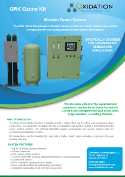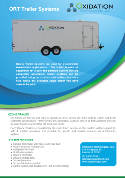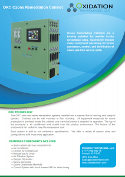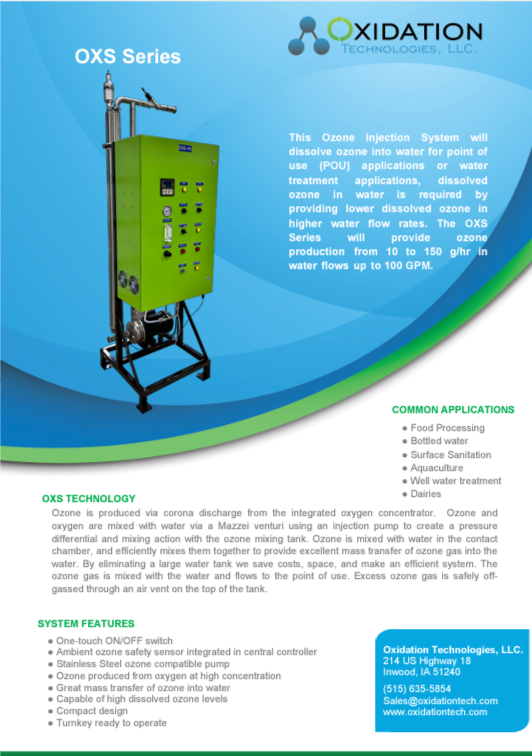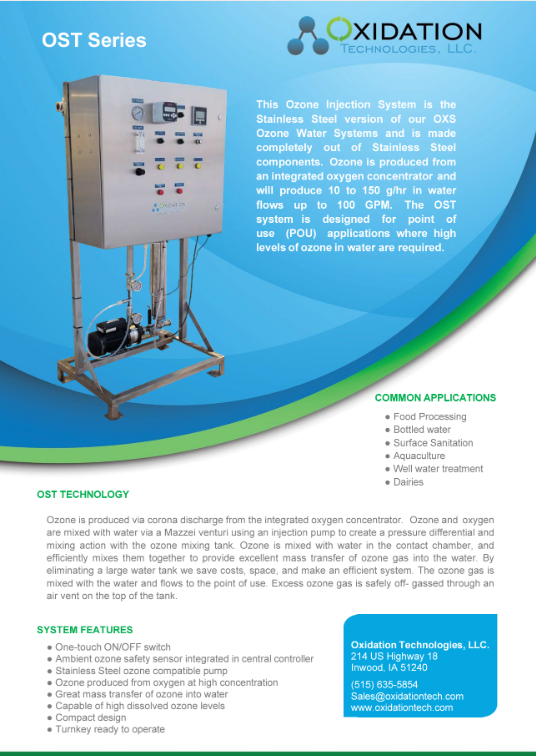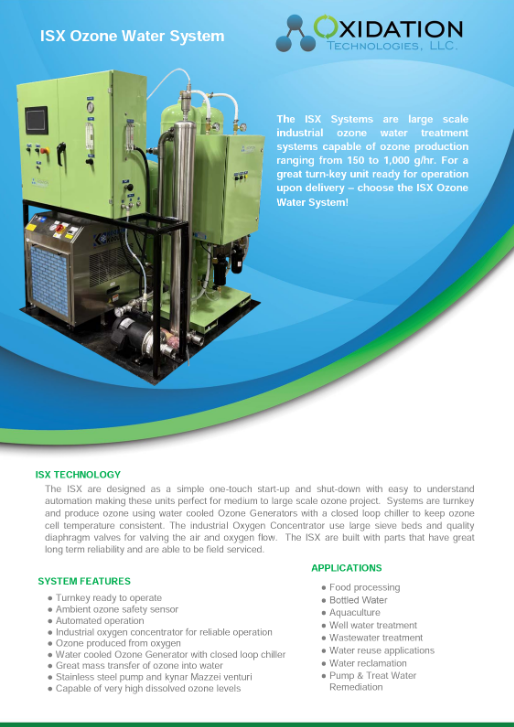Catalytic Ozonation of Gasoline Compounds in Model and Natural Water in the Presence of Perfluorinated Alumina Bonded Phases
Courtesy of: Ozone: Science & Engineering The Journal of the International Ozone Association
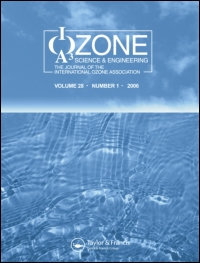 Authors: B. Kasprzyk-Hordern , P. Andrzejewski & J. Nawrocki
Authors: B. Kasprzyk-Hordern , P. Andrzejewski & J. Nawrocki
Pages 301-310 | Received 17 Feb 2004, Accepted 06 Oct 2004, Published online: 18 Jan 2007
Abstract:
Gasoline compounds are one of the most widespread causes of soil and groundwater contamination. Their degradation in model and natural waters due to catalytic ozonation in the presence of perfluorooctylalumina (PFOA) is presented and discussed in this paper. The results obtained clearly indicate that the PFOA/O3 system is effective mainly for ether (MTBE and ETBE) removal from both model and natural water. The catalytic activity of PFOA is not so significant in the case of BTEX ozonation. An investigation into by-product formation has shown that the concentration of both carboxylic acids (mainly oxalic acid) and carbonyl compounds (mainly acetone) increases after catalytic ozonation when compared with ozonation alone. A decrease of formic acid and formaldehyde takes place after the PFOA/O3 system as opposed to the usage of ozonation alone.
Link to access full paper below:
https://www.tandfonline.com/doi/full/10.1080/01919510591008281
Become a member of the IOA and receive the Ozone Science & Engineering Journal in the mail, and full online access:







